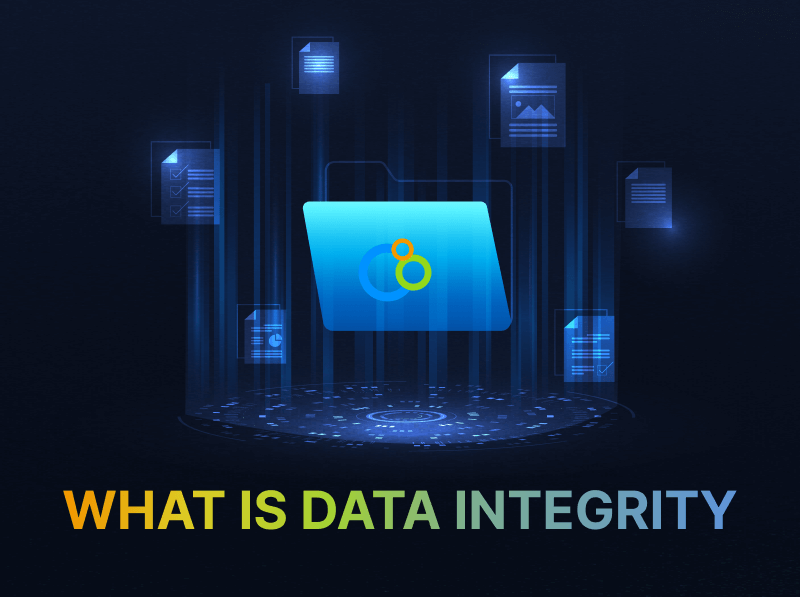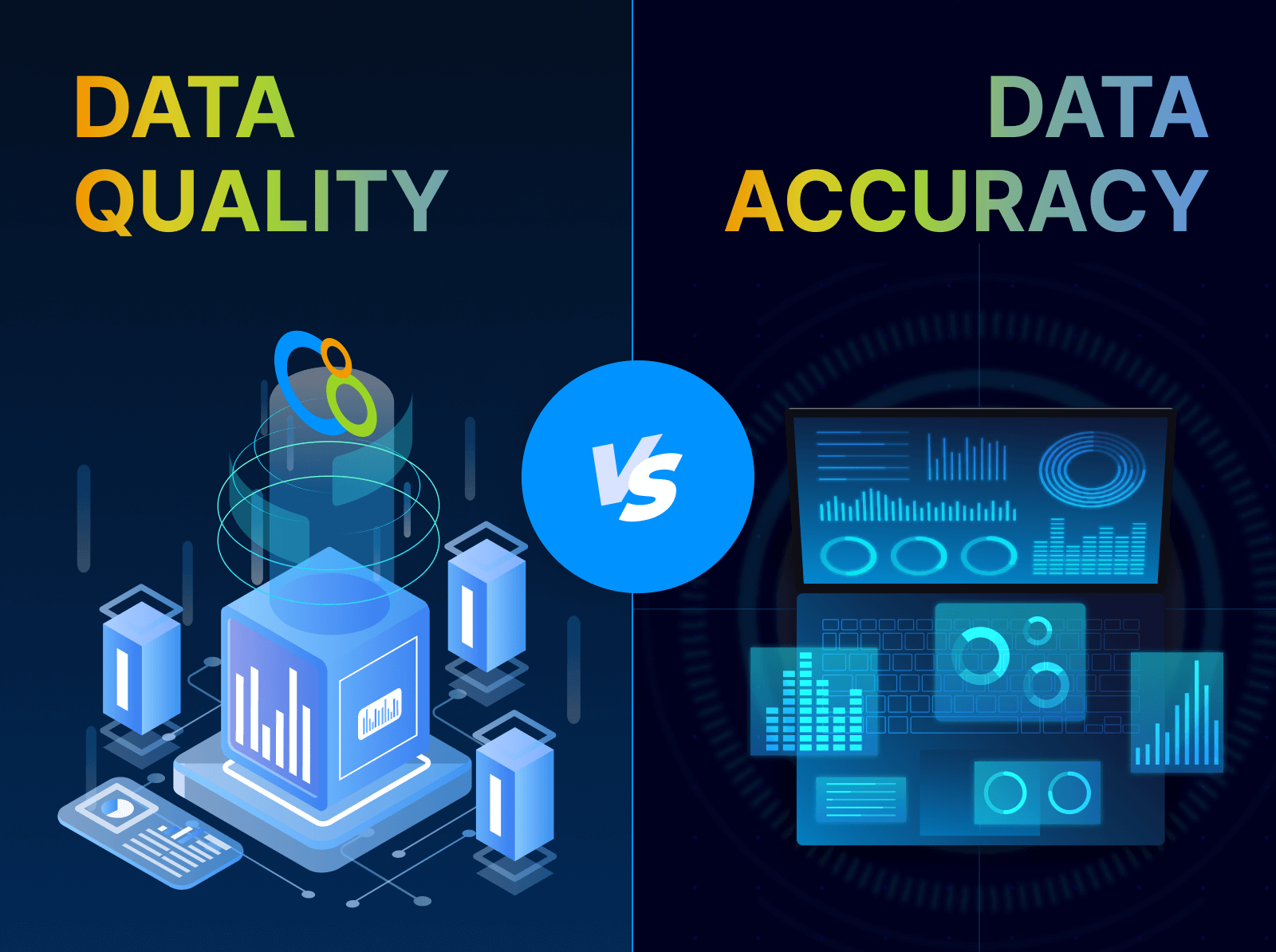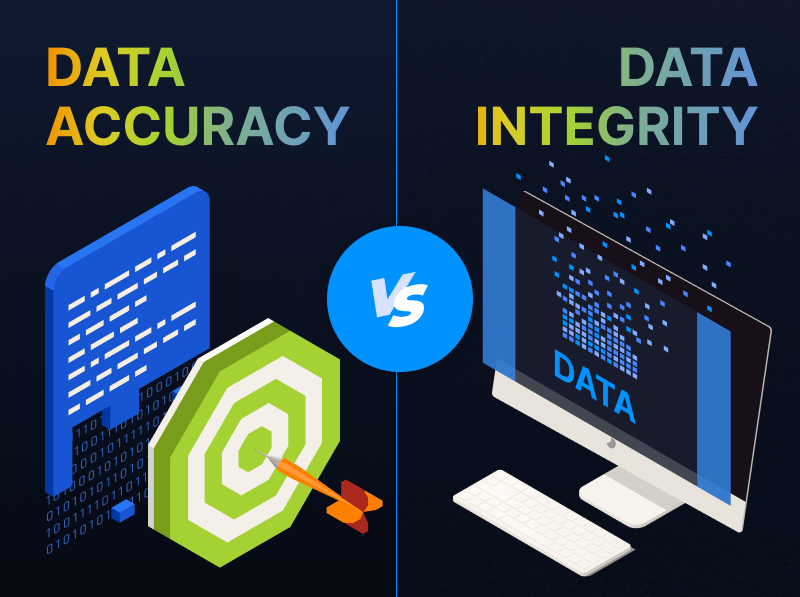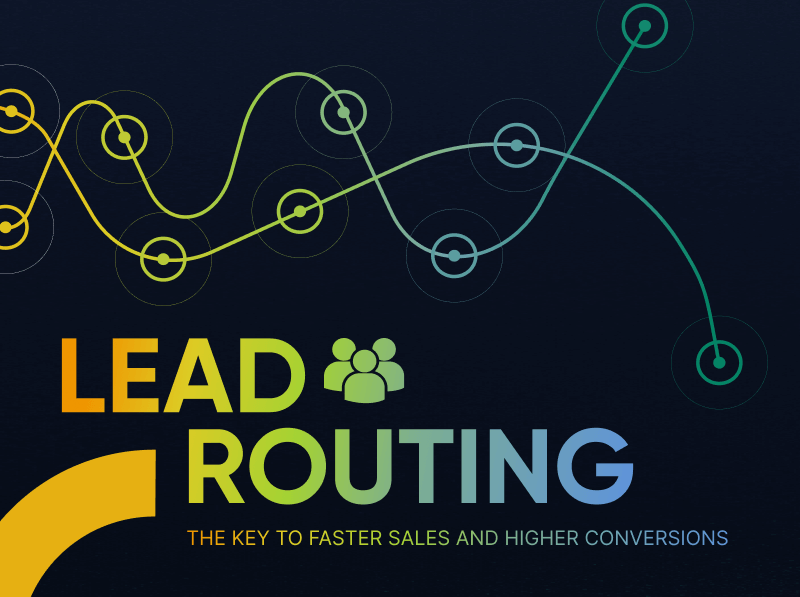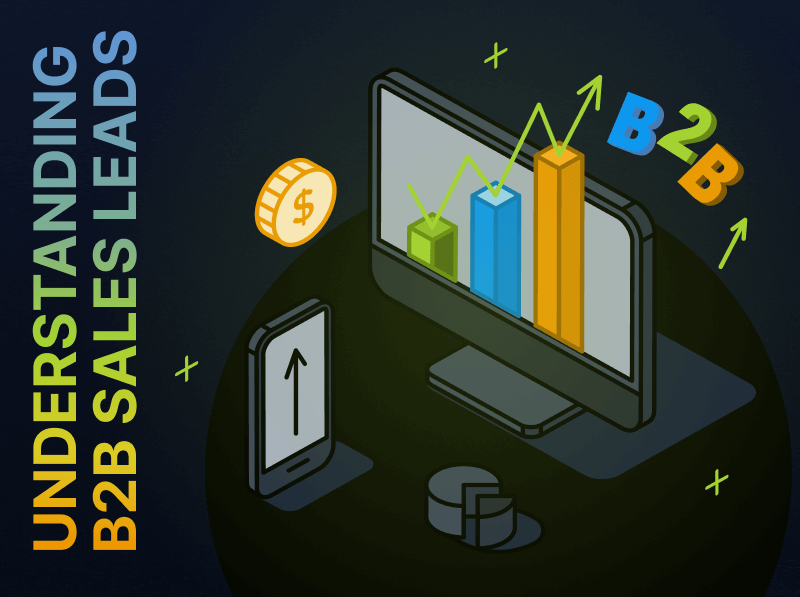Data Integrity
In today’s enterprise marketing landscape, lead data is multiplying faster than ever before. The volume and complexity of contact and account records are surging as marketing teams adopt connected platforms, AI-powered targeting, and multi-channel lead generation strategies. Every lead that enters your system represents a data point, and as more tools rely on real-time lead data to personalize content, score engagement, and trigger workflows, the integrity of that data becomes mission-critical
Inaccurate or corrupted data can break automations, lead to misinformed decisions, damage customer trust, and introduce compliance risks. Conversely, data with strong integrity enables teams to move fast, collaborate confidently, and act on insights that are truly reliable. The more your business depends on interconnected systems and real-time decisions, the more essential it becomes to know your data is complete, stable, and reliable: because every insight, automation, and customer experience depends on it.
What Is Data Integrity?
Data integrity is the measure of trustworthiness, consistency, and accuracy of data over its entire lifecycle, from the moment it’s created or entered to the moment it’s archived or deleted. It measures and ensures that data remains unaltered, reliable, and complete regardless of where it’s stored, how it’s used, or how often it’s moved.
A sum of all its parts, data integrity governs the structure, reliability, and long-term consistency of the entire data ecosystem.
A foundational concept in data management, data integrity is especially critical for marketing operations teams who depend on consistent, validated data to activate campaigns, deliver personalization, automate workflows, and drive accurate attribution.
Data Integrity and Database Architecture
Understanding data integrity starts with understanding the architecture that supports it; namely, the difference between relational and non-relational databases.
- Relational databases (like SQL Server, PostgreSQL, and MySQL) organize data in structured tables and use defined relationships between those tables. They support built-in mechanisms for enforcing integrity, like primary keys, foreign keys, and constraints. These databases are ideal for systems where data relationships are complex, consistency is critical, and transactional reliability is a must. Common applications include CRMs like Salesforce, ERP systems, marketing automation platforms, financial software, e-commerce order tracking, and any environment where structured records (customers, products, transactions) need to be accurately linked and managed over time.
- Non-relational databases (NoSQL systems like MongoDB or Cassandra) store data in more flexible formats like documents, graphs, or key-value pairs. They offer scalability and agility, making them well-suited for applications where structure is variable or speed and volume are prioritized over strict consistency. These databases are commonly used for real-time analytics, IoT data streams, personalization engines, content management systems, and other use cases that handle large, diverse, and fast-changing datasets. However, they typically lack the built-in constraints and validation logic that protect data integrity in relational models.
As a result, data integrity is most tightly associated with relational systems, which were specifically designed to prevent inconsistencies, enforce validation, and preserve coherence across large, interdependent datasets.
Why Data Integrity Matters
In a marketing environment driven by AI tools, integrated systems, and high-speed personalization, trust in your data is everything. When data lacks integrity, it’s not just inaccurate: it’s unstable, unpredictable, and often unusable.
Failing to uphold data integrity can lead to:
- Mismatched lead and account records across systems
- Duplicate or conflicting audience segmentation
- Personalization errors and messaging misfires
- Compliance violations due to incorrect opt-in or consent data
- Poor pipeline visibility and unreliable reporting
High-integrity data, on the other hand, ensures that:
- The same lead ID means the same person everywhere (and every person has a lead ID)
- Records are consistent across your CRM, MAP, CDP, and BI tools
- Data transformations (e.g. normalizations, enrichments) do not corrupt the source truth
- Sensitive data is protected, and audit trails are preserved
Types of Data Integrity
Data integrity falls into two main categories, physical and logical, each serving different functions in protecting your data environment.
Physical Data Integrity
Physical data integrity focuses on the safety and accessibility of data at the storage level. It ensures that the data has not been corrupted due to hardware failure, power outages, natural disasters, or cyberattacks.
Physical integrity is typically protected through:
- Redundant storage systems
- Backups and disaster recovery protocols
- Secure infrastructure (on-prem or cloud)
- Checksums and error-detecting algorithms
Logical Data Integrity
Logical integrity ensures that data remains valid, consistent, and correctly related across the system. It’s enforced through constraints and rules in the database schema, particularly in relational systems.Here’s a deeper look at the four types of logical data integrity:
- Entity Integrity: Ensures that each record in a table is uniquely identifiable. This is typically enforced through primary keys: columns or combinations of columns that must have unique, non-null values. Without entity integrity, you risk duplicate or orphaned records that confuse systems and users alike.
- Referential Integrity: Maintains consistent relationships between tables. When a row in one table references a row in another, referential integrity ensures that the referenced row actually exists. Relational databases use a concept called “foreign keys” to enforce this. A foreign key is a field in one table that links to a primary key in another. It ensures that any data in a related field points to a valid, existing record. For example, if a campaign references a contact ID, referential integrity makes sure that contact actually exists in the contacts table—otherwise, the database will prevent the reference from being created or saved.
- Domain Integrity: Ensures that data values fall within a defined, valid range. This includes setting rules for acceptable formats, values, and data types. For example, a “lead score” might be restricted to a 0–100 scale, and a “status” field might only allow values like “active,” “paused,” or “closed.”
- User-Defined Integrity: Covers business-specific rules that aren’t captured by standard relational constraints. For example, a rule might prevent a lead from being moved to the “converted” stage unless an associated opportunity has been created. These rules are often implemented in the application layer or with stored procedures.
Together, these four types of integrity help ensure that your data reflects reality, aligns with business logic, and behaves predictably across platforms. Without logical data integrity, automated processes fail, analytics lose credibility, and downstream systems can’t function as intended.
Common Data Integrity Issues and Risks
Data integrity can be compromised in many ways—some accidental, others systemic:
Human Error
Manual data entry and ad hoc updates can introduce typos, inconsistencies, or overwrites, especially when proper validation or training is missing. A mistyped email address or a job title recorded in the wrong format might seem small but can trigger misrouting and downstream inaccuracies.
Inconsistent Imports
When importing data from outside vendors, events, or third-party tools, inconsistent formatting, missing fields, or misaligned taxonomies can introduce structural issues. Without standardized field mapping and normalization rules, this imported data can conflict with existing records, introduce duplicates, or disrupt segmentation logic.
Integration Failures
Broken or poorly configured integrations between systems, like your CRM and marketing automation platform, can lead to duplicated records, sync conflicts, or outdated information being passed from one tool to another.
Overwritten Data
When sync logic lacks version control or fails to prioritize authoritative sources, valid data can be overwritten by incorrect or outdated entries. This is particularly common when multiple systems write to the same fields without hierarchy.
Lack of Governance
When no one owns data quality, policies are vague, and standards go unenforced, inconsistency spreads. Fields may be used differently by different teams, and duplicate logic may emerge across tools.
Unvalidated Schema Changes
Adjusting the database structure (adding new fields, modifying types, or removing relationships) without impact analysis or proper testing can invalidate dependencies and break automations.
Physical Risks
Though less common, hardware failures, power outages, or unencrypted storage can compromise data integrity at the physical level. Without redundancy and disaster recovery plans, entire datasets can be lost or corrupted.
These issues may appear incremental, but their collective impact is significant. They manifest as broken campaign triggers, confusing reports, damaged trust in analytics, and compliance gaps, especially in large, integrated environments.
How to Maintain Data Integrity
Preserving data integrity requires both preventive measures and active governance. Key strategies include:
- Establish strong database design principles (e.g. use of primary/foreign keys, constraints)
- Implement validation rules at the data entry and import stage
- Ensure secure and redundant infrastructure for physical integrity
- Use audit trails and version control to track data changes
- Build robust integrations with field mapping, error handling, and sync checks
- Train teams on data governance protocols and establish clear data ownership
- Regularly review and reconcile data across systems to detect drift or anomalies
Maintaining data integrity isn’t just about avoiding errors—it’s about protecting the full strategic value of your marketing data.
Conclusion
Data integrity is the backbone of any serious marketing strategy. It’s not about perfecting every individual record, it’s about creating a system in which your data remains reliable, consistent, and trustworthy over time.
In a world of increasingly automated decision-making, integrated stacks, and AI-driven orchestration, integrity is what ensures that data flows cleanly and truthfully across your business.
When integrity breaks down, campaigns do too. When it holds, everything else works better.
